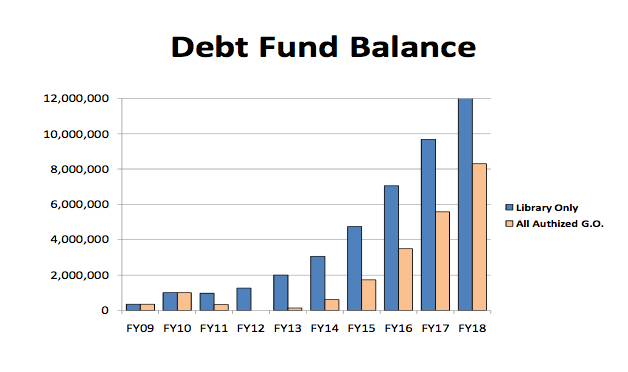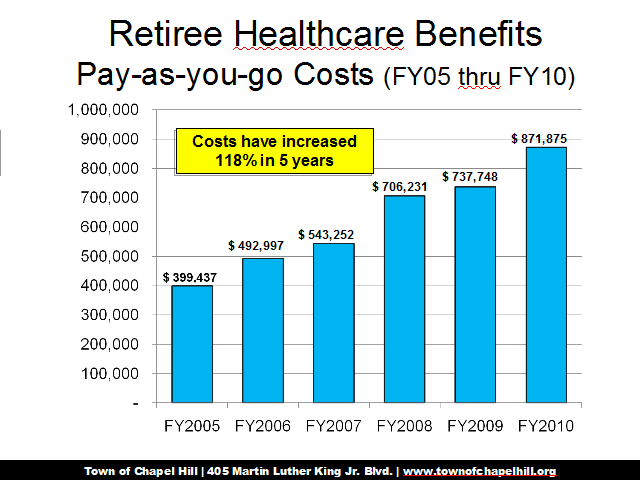The Council decided to postpone the Library expansion decision pending further data and discussion.
Council member Laurin Easthom pointed out on Monday, once again, “We need to make some real serious decisions about citizens who use our library and don’t pay.†Laurin has been on-top of this issue for some time. She has also been quite clear in her concerns (THE LIBRARY AND THE FREE LUNCH) unlike several of her colleagues.
Laurin is not alone.
Her colleague Penny Rich added “Citizens in Chapel Hill are quite generous, but I think the endless supply of money in our wallets is not there anymore.” (Daily Tar Heel, Jan. 26th, 2010).
New member Gene Pease, who has been a stalwart supporter of the library for many years – raising significant funds as a member and leader of the Friends of the Library president of the Chapel Hill Public Library Foundation [thanks Fred!] to support its mission – said “To have no conversation about this and about how to attack this problem in the operating budget, I think it’s irresponsible to make the decision tonight” (Lauren Hills,NBC17) in justifying the delay.
I’ve watched this issue unfold for several years, called on former Council’s to show some fiscal restraint over the last 4 years so we could accommodate this project. It is clear that given the current economy, a prudent assessment of our Town’s revenue stream, the core fiscal liabilities and obligations we must discharge (which does not include that Lot #5 money pit), the Library expansion must wait.
Of course, that’s my considered opinion which is based on the data at hand, my entrepreneurial experience and a financial philosophy that emphasizes “living within our means”.
Laurin Easthom foresaw these same issues and tried to set several plans in motion to address this unfortunate juncture – the public’s growing desire for a new facility coupled with a bare public cupboard.
Last April, in fact, she directed the Town Manager and staff to come up “with a financial cost sharing plan” to help ameliorate the anticipated rise in operational costs. To date, no plan has emerged from Town Manager Roger Stancil and crew.
A quasi-plan did emerge on Monday from new Mayor Mark Kleinschmidt and Jim Ward – pressure the Orange County Board of Commissioners and, as Jim put it, make adequate library funding a “litmus test the winners are going to pass, period.” in this year’s county-level election cycle.
Given the County budget mess, the incredible pressure to fund the schools, existing debt obligations, new costs and lost revenues, threats are a non-starter. And, as Jim and Mark seemed to have forgotten, when the county commissioners (BOCC) pushed through election districts, Chapel Hill citizen’s leverage was somewhat diluted.
Our leadership must work with the BOCC on adequately funding the library using a more positive approach. Sure, we shouldn’t continue to accept “nice words that … are worth zero” as Jim Ward said of the Commissioners (Greg Childress, Herald-Sun, 01/26/10) but we also can’t expect to get blood from a turnip.
The best approach, I believe, is to jointly identify sources of funds, possible cost savings made possible by collaborating on other issues, to find the money we need for operating the facility.
That said, “absorbing” additional debt alone should push the start date of the expansion off until next year.
The Town Manager is recommending that as the Town retires existing debt we take on new debt by issuing the Library bonds. That might be a sensible approach if our Town wasn’t already burdened by an incredible debt load – historically unprecedented – during such a troubled economic time. The Town needs to retire existing debt, bring our reserves back up and take a small breather before launching into another spending spree.





